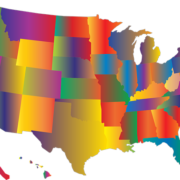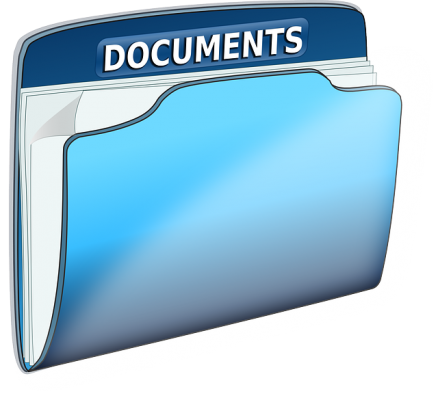 Print Friendly Version
Print Friendly Version
Reporting Coronavirus-Related Distributions
“With the creation of Coronavirus-Related Distributions (CRDs) and the ability to pro rate the taxation and pay the withdrawal back within three years, how will retirement plan and IRA administrators, as well as individuals, report these transactions to the IRS? Won’t it be a big mess?”
ERISA consultants at the Retirement Learning Center (RLC) Resource Desk regularly receive calls from financial advisors on a broad array of technical topics related to IRAs, qualified retirement plans and other types of retirement savings and income plans, including nonqualified plans, stock options, and Social Security and Medicare. We bring Case of the Week to you to highlight the most relevant topics affecting your business.
A recent call with a financial advisor from Washington is representative of a common inquiry related to CRDs.
Highlights of the Discussion
While we do not have definitive reporting guidance yet, we anticipate the IRS’s reporting procedures for CRDs will be similar to those the agency already has in place for “qualified disaster distributions” (QDDs). It seems we’ve been here before.
For CRDs, the IRS will waive the 10% early distribution penalty for the first $100,000 taken from an eligible retirement plan due to Coronavirus. Distribution recipients may pay back the amount within three years (2020, 2021 and 2022); and taxation can be spread over three years. The term ‘‘eligible retirement plan’’ includes an IRA (as well as an IRA-based plan), qualified plan, qualified annuity plan, governmental 457(b) plan or 403(b) plan.
Like CRDs, QDDs, were tax-favored withdrawals and repayments from certain retirement plans for taxpayers who suffered economic losses as a result of disasters like those for Hurricanes Harvey, Irma and Maria, and the California Wildfires. The most recent IRS Publication 976, Disaster Relief and Forms 8915-A, 2016 Qualified Disaster Retirement Plan Distributions and Repayments and 8915-B Qualified 2017 Disaster Retirement Plan Distributions and Repayments and their instructions (Instructions to Form 8915-A and Instructions to Form 8915-B) give us a pretty good idea of what the IRS will expect for CRDs with respect to reporting. No doubt there will be some “tweaks” needed to these materials to encompass CRDs, but at least we know we are not starting from scratch!
Conclusion
When and how much of a CRD a recipient pays back (rolls over) within the next three years will dictate his or her precise reporting protocol. Reporting will not be the same for everyone. It may involve filing amended tax returns, but rest assured there will be a manageable process for plan and IRA administrators, as well as IRA owners and plan participants to account for CRDs.











